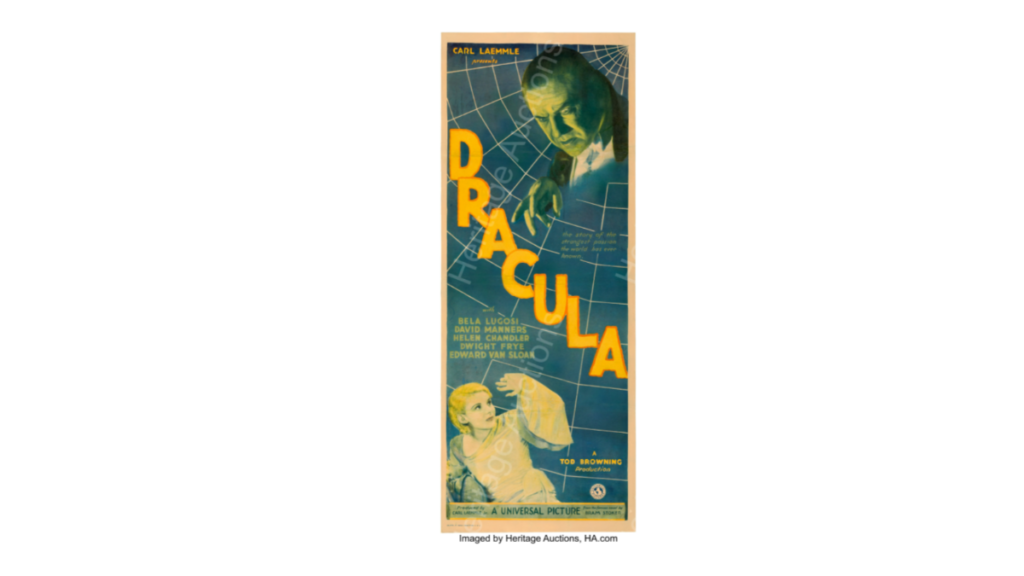Growing up in the 1980s, my first exposure to vampires on screen was The Lost Boys, which I secretly snuck into the downstairs den late at night and watched—without the suggested Parental Guidance—on HBO. The result was a week of nightmares and the gnawing suspicion that a coven of bloodsuckers had taken up residence in the crawlspace off my bedroom. The fear clung to me like a shroud until one day, in the midst of sifting LEGOs, I came to the liberating realization that vampires are actually cool. In the movie, the undead dress like rock stars, stay out all night and do whatever they darn well please. The whole eating bugs from Chinese food cartons and drinking blood part was somewhat less appealing, but not once did a vampire clean his room or have to forgo a session of hanging from a railway bridge to complete a math ditto for homework.
This experience, along with another seminal, youth-oriented classic, The Monster Squad, stoked my interest in the Vampire mythos and the horror genre generally. The local library had a series of kid’s books published by Crestwood House called Monsters detailing the filmic exploits of various iconic characters like Frankenstein’s Monster, the Wolf Man, the Mummy, Creature from the Black Lagoon, Godzilla, and The Blob. Halfway between histories and novelizations, I pored over these worn old volumes like tomes of lore and came face to face for the first time with the most iconic vampire in cinema history, Bela Lugosi’s Dracula.
Lugosi’s Dracula was also cool, but in a different and more sophisticated way than the feral rebels without a pulse in The Lost Boys. A romantic lead in his native Hungary, Lugosi projected a unique sense of suavity, class, and power. I would come to learn that his portrayal of the Transylvanian count was a complete departure from the previous screen adaptation of Bram Stoker’s classic novel, F.W. Murnau’s Nosferatu, in which Max Schreck portrayed a stylized snaggle-fanged grotesque. Rather than lurking in the shadows, in Tod Browning’s 1931 Universal film, Lugosi’s Dracula could readily blend in with polite society. The chief weapon in his arsenal was the power of seduction.
AUCTION PREVIEW: Dracula (Universal, 1931). Fine/Very Fine on Paper. Insert (14″ X 36″).
This preternatural allure is the subject of the original Dracula insert poster featured in our upcoming April 23-24 Signature Vintage Movie Poster Auction, with Lugosi ensnaring a distressed Helen Chandler as Mina in his metaphorical spider web. One of only five examples known to exist, this exceedingly rare poster for the movie that kicked off the Golden Age of horror is making its debut on the block with Heritage. Much like the horror genre itself, Dracula has always been a cornerstone of the movie memorabilia hobby. This poster would be a crown jewel in even the most elite advanced collections. When encountering a piece as scare and storied as an original Dracula insert in person, an experience and privilege few on Earth have ever enjoyed, it’s hard not to feel a similar sense of excitement and wonderment as a kid discovering the thrills of the macabre for the first time.
